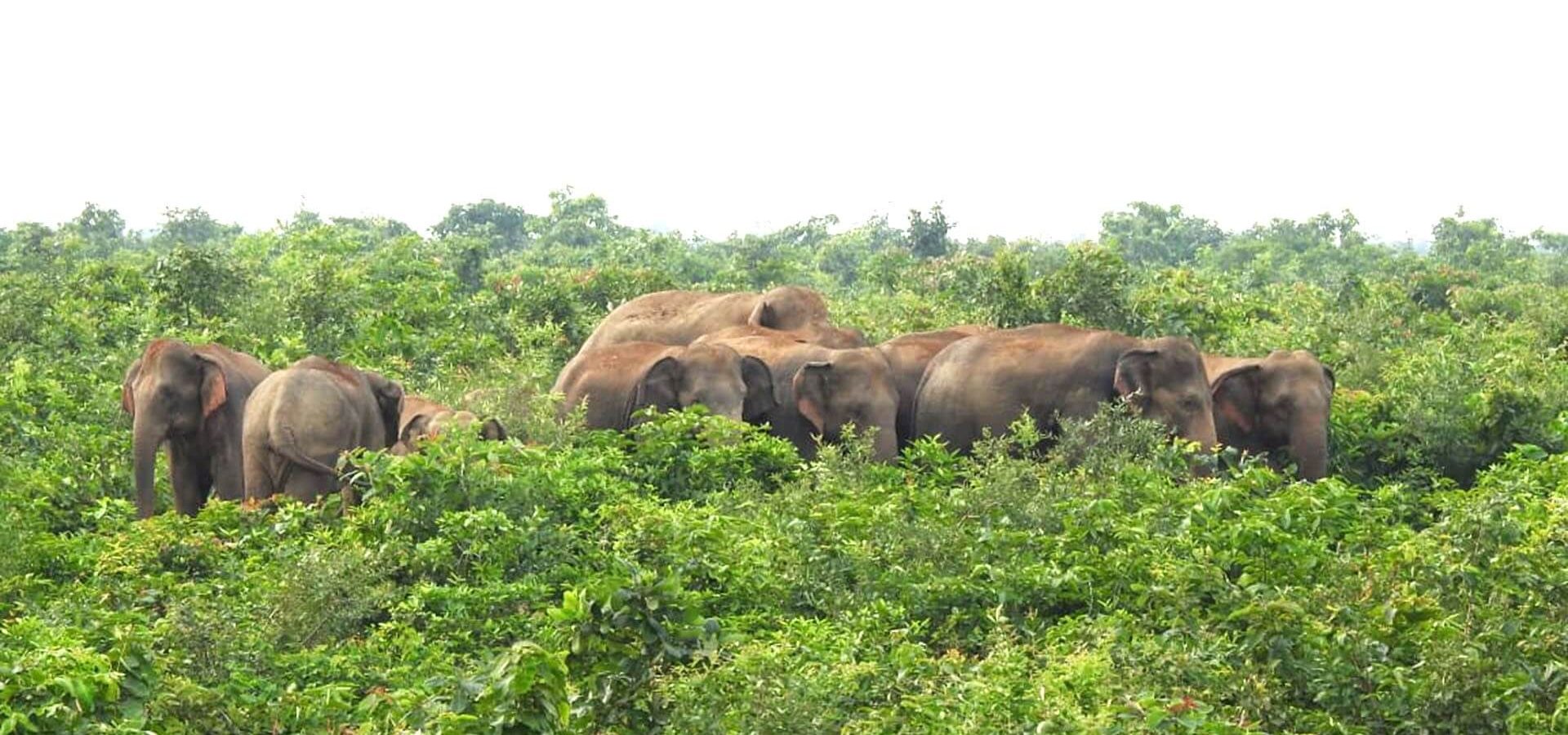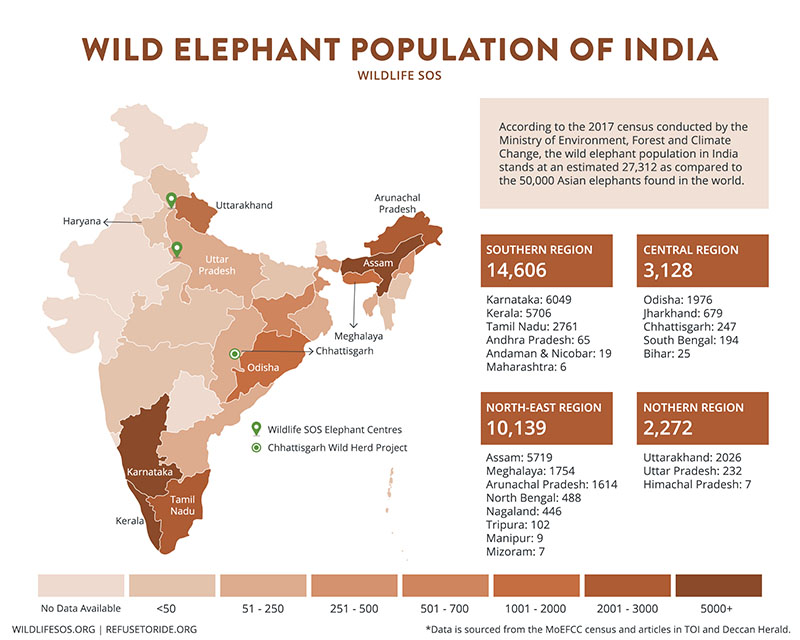In the 1920s amidst the myriad of political, social, and cultural changes India was experiencing, a peculiar yet integral occurrence happened in the heart of the subcontinent – the elephants of central India disappeared! The cause of this disappearance remains unknown but is attributed to anthropogenic pressures such as rapid deforestation. The loud trumpets of majestic elephants that once reverberated through Orissa, Jharkhand, and parts of West Bengal fell silent.
Decades later, the elephants reappeared- as mysteriously as they had disappeared. Having lost their home range in Jharkhand and Orissa, the elephants established what we call “newly establishing range.” The elephants essentially recolonized in the state of Chhattisgarh where they were previously mere visitors, traversing its dense jungles to get to neighboring states. As if consorting with the elephant gods during their hiatus and gathering strength to face the perils of humanity again, the disappeared elephants reappeared with strength and might previously unknown. They habituated themselves to common avoidance strategies used by humans – bursting firecrackers, yelling, beating drums – and became bolder than ever before.
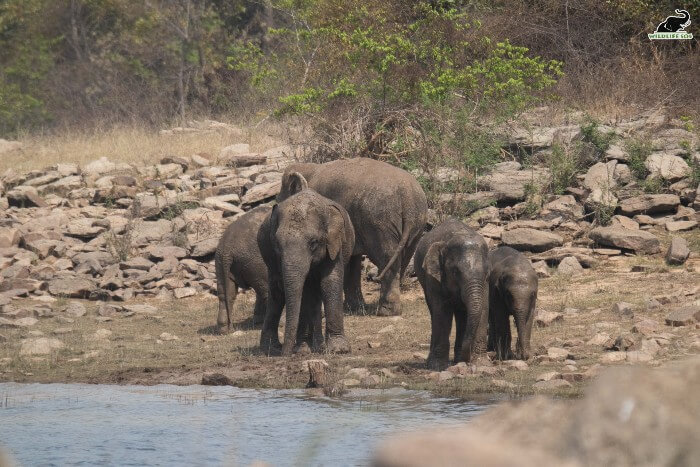
In 2016 the elephants came to occupy a large patch of Mahasamund, an area with fragmented forests, punctuated with agricultural fields and human presence. Elephants began raiding fields causing economic loss to farmers and sometimes even came into direct conflict with humans. Since 2015, fourteen cases of human death and ten cases of human injuries have taken place in the region. With no clear management strategy in place, no concrete records of elephant distribution, and lack of awareness, the Human-Elephant Conflict in Chhattisgarh became a mammoth problem that impacted both humans and elephants alike.
Determined to understand the underlying causes of Human-Elephant Conflict (HEC) and to assess the effectiveness of various mitigation strategies, Wildlife SOS made its way to the picturesque state of Chhattisgarh. In September of 2018, the Chhattisgarh Elephant project was initiated, focusing on the Mahasamund, Balodabazar, and Raipur districts of Chhattisgarh. The project had four core pillars- GPS radio-collaring the matriarch elephant of one herd, awareness and training of villagers about co-existing with elephants, and studying the ranging pattern, seasonal ranges, and behavioral patterns of elephants. The end goal was to come up with tangible solutions and a more nuanced understanding of HEC.
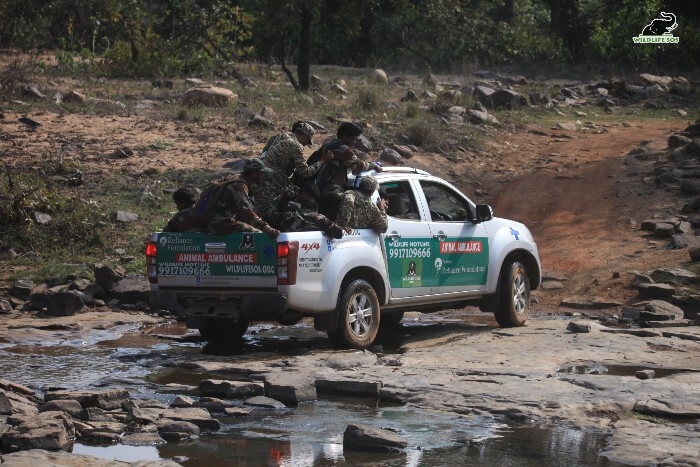
Throughout the project, we kept our supporters up to date with the trials and tribulations of this landmark project. You can read our various updates from the field HERE.
Yet, what we have not yet touched upon is the myriad of long-term and short-term solutions formulated by our field team that are bound to revolutionize the field of human-elephant conflict mitigation. These solutions stem not only from rigorous research and fieldwork but from a nuanced understanding of the economical and emotional damage done by human-elephant conflict.
Our short-term solutions came out of the interaction of the Wildlife SOS team with the community, who laid bare the seemingly simple aspects of life in Chhattisgarh that exacerbated the conflict. For example, through discussions with villagers, our team discovered that a road from Gudrudih to Khandsa that was between forest fringes was a hotspot for conflict. The conflict was aggravated by the lack of any source of light on the street. The lack of visibility would lead to sudden encounters between elephants and villagers. Thus, discussions were held with village secretaries and heads to get funds from the Villa Panchayat to illuminate the road. Such solutions that might seem insignificant tend to go a long way in transforming the everyday lives of animals and humans.
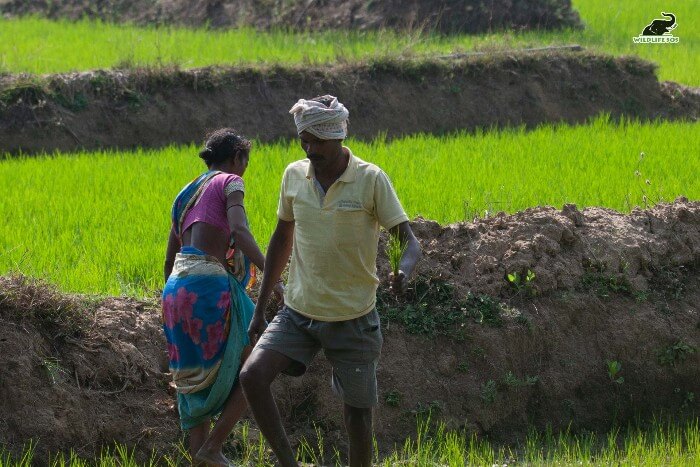
Through such findings, 35 villages were also identified as the most conflict-affected areas during 2016- 2017. Our team quickly realized that “the great solution to all human problems is individual inner transformation” and thus began the process of training and educating the local communities. The identified affected villages were targeted for the creation of cohesive groups and rapid response teams that would track the elephants, be a point of contact for authorities, and would evacuate old and young people in case of emergencies.
Recognizing the need for training and awareness amongst the villagers, Wildlife SOS began a two-day training workshop with twenty village volunteers and forest department frontline staff. Determined to protect their homes, villagers formed the “Haathi Bhagao, Fasal Bachao Samiti ” members who guarded agricultural fields or chased away the elephants when they entered.
The dedication and hard work of our team yielded solutions that understood the nitty-gritty of living with elephants. Apart from these short-term measures mentioned above, Wildlife SOS also laid out certain measures that could be implemented throughout the year such as digging trenches around agricultural fields, use of searchlights, and creating grain storages.

With short-term solutions in place, our team pondered over the big picture, tackling the daunting question of what it would take to resolve the human-elephant conflict permanently. Long-term solutions emerged from the need to ensure that the elephants of Chhattisgarh never disappeared again.
One of the most revolutionary solution that was recommended and even implemented was the development of an Early Warning System (EWS). Wildlife SOS and the Chhattisgarh Forest Department have managed to radio collar the matriarch of one herd who we call Van Devi. With such a matriarch successfully collared, began the process of tracking the elephant herd through a GPS. With such data in place that sent updates about the elephant’s location every four hours, our team set up an Early Warning System (EWS) that informed villagers about the location of the elephant and gave them enough time to take precautionary measures to avoid encountering elephants. Such an EWS has the potential of transforming the landscape of every country that calls itself home to Asian elephants. Despite such leaps, our team is still at work with attempts to radio collar two solitary bulls often coming in contact with humans of Chhattisgarh.
Long-term solutions aim to nip the problem at its core and so the Wildlife SOS team began exploring various outliers that were innocuously contributing to HEC in Chhattisgarh. They found that water, or rather the scarcity of water, played an integral role in human-elephant conflict. With no perineal source of water in the interior of the forests specifically during the summer season, elephants were forced to venture close to human habitats to quench their thirst. To resolve such a situation, Wildlife SOS recommends the creation and maintenance of water sources in the interior of forests. Such a water resource will not only protect the elephants but also allow all the creatures of the Chhattisgarh animal kingdom to thrive.
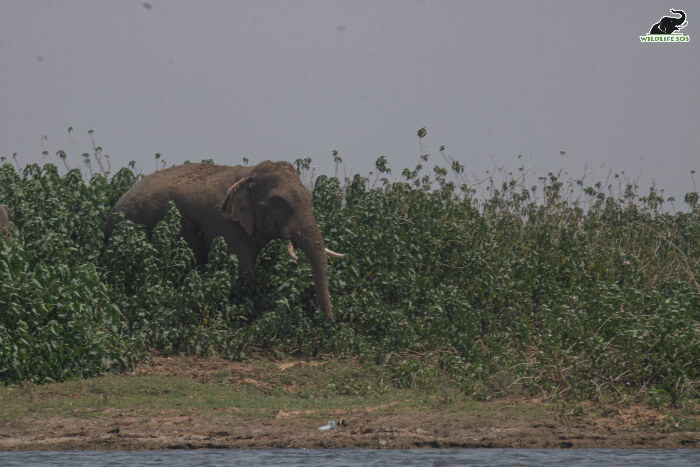
When coming up with solutions, our team realized that the past, present, and future of Chhattisgarh had to be merged. They suggested delving into the past and studying the original key habitat of the elephants to determine the reason for their recolonization. Simultaneously, they suggested envisioning a future and creating zonal administrative setups like the south and north zone to reduce the red-tapism and response time with conflict situations. This Zonal administrative team would handle any conflict situations irrespective of species.
What our team realized when corroborating these solutions was that answers are often more beautiful than the puzzle itself. While the primary puzzle remains resolving HEC in Chhattisgarh, the solution could transform the entire ecosystem of Chhattisgarh – creating a world where humans and forests live in perfect harmony.

